Home

Postpartum Hair Loss: Meaning, Tips & Symptoms
In this Article

Pregnancy
Postpartum Hair Loss: Meaning, Tips & Symptoms
Updated on 18 April 2023



Medically Reviewed by
Dr. Sukanya Patra
Obstetrician & Gynecologist - MBBS| DGO, MRCOG(UK)
View Profile

Hair fall after delivery, or commonly referred to as postpartum hair loss can be very distressing for women. It is one of the most significant issues with new mothers, and they can usually take this kind of hair fall to their hearts because they already have a lot to deal with. However, to-be-moms and new moms, hear us closely because there are some effective ways to deal with postpartum hair fall and make it go away!
What is Postpartum Hair Loss?
Postpartum hair loss refers to the excessive hair shedding experienced by women 3-4 months after giving birth. It can be extremely distressing but you must remember that it is a part of pregnancy and only temporary. Most women notice that their hair grows back to its original volume (before pregnancy volume) within a year.
Why Does Postpartum Hair Loss Occur?
Postpartum hair loss or hair fall after delivery occurs mainly due to the sudden hormonal changes taking place inside your body. During pregnancy, the levels of estrogen, progesterone and prolactin spike along with the blood volume and circulation. This prevents your hair from falling and boosts hair growth.
But soon after the birth of your baby, most of these hormones return to their original level and the hair falling process resumes. You may feel like you are losing all the hair you may have lost over nine months all at once, but it will pass. There can be other causes of hair fall after delivery which we will discuss in detail further into the article.
How Long Does Postpartum Hair Loss Last?
We understand how distressing it can be to lose hair but remember, postpartum hair loss is only temporary. Postpartum hair loss can last up to a year after the arrival of your baby. Ideally, you should see a difference within six months. Hair fall after delivery usually peaks around 3-4 months. So, if your hair should regain their volume by the time your little one turns one.
What are the Signs of Postpartum Hair Loss?
The most prominent sign of postpartum hair loss is that you’ll start noticing more than usual loose hair strands on your brush/comb, pillow, towel and shower floor. You may notice fallen hair stuck to your clothing after a brush.
What Causes Hairfall After Pregnancy?
As discussed, hair fall after delivery is caused by the sudden hormonal changes you experience during and after pregnancy. Here are some other causes of postpartum hairfall:
1. Drop in Estrogen Levels
One of the main reasons of hair fall after pregnancy is the fall in hormone estrogen levels. This makes your hair go into a resting mode, and they may fall for about four months after the baby has been delivered.
2. Stress
Another cause of hair fall post-pregnancy, is stress. Of course, with the baby coming and the unstable change in routine and lifestyle causes stress, which is a huge reason for hair fall post-pregnancy.
3. Change in Thyroid & Iron Levels
Some women may experience changes in their thyroid and iron levels after pregnancy. If the hair fall does not go away in a span of a few months, you may be suffering from a change in thyroid levels and anaemia.
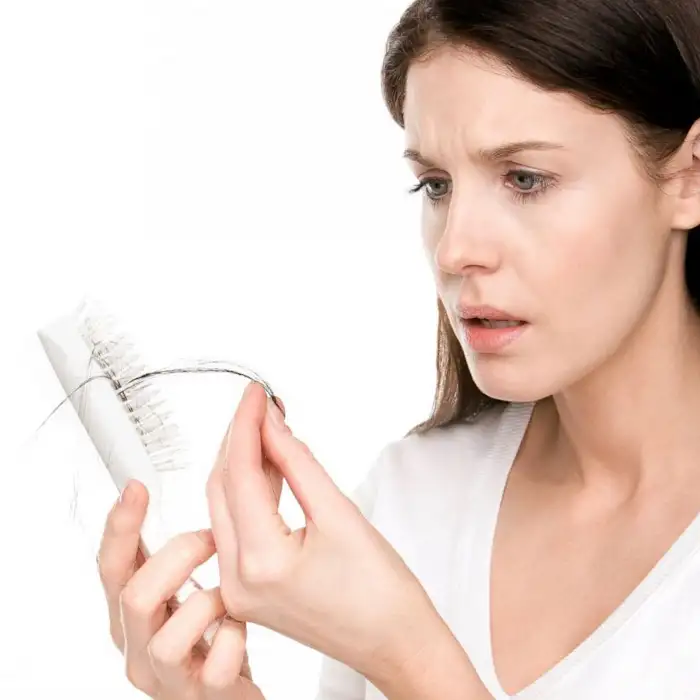
With that said, we are here with some good news too! There are many effective home remedies and tips that can help reduce hair fall after delivery.
Tips by Dermatologists for New Mothers
Here are a few tips by dermatologists on how to control hair fall after delivery:
1. Continue Consuming Prenatal Vitamins
Consume prenatal vitamins as they help a lot in post-pregnancy hair fall. However, you must consult your physician before consuming any vitamins.
2. Consume a Balanced Diet
It is imperative to have a healthy diet that constitutes essential nutrients and minerals, which makes your hair healthier and stronger.
3. Use an Anti-Hairfall Oil
Anti-hair fall oils help reduce hair fall by strengthening the roots of your hair and supplementing essential nutrients such as vitamin E, onion seed oil, amla, argan oil, castor oil, Bhringraj, and many other natural oils; thus, reducing hair fall and promoting hair growth. The Mylo Anti hair fall oil has been especially prepared using these effective ingredients and is extremely safe to use after childbirth.
4. Be Gentle with Your Hair
Try to be gentle with your hair when you wash them or oil them. Use gentle circular motions on your scalp and not a scrubbing motion as it can make your hair fall off a lot.
5. Avoid Styling
Try to avoid styling your hair using hair tools that involve extreme heat. Additionally, you should avoid any heat treatments in the salon as much as you can.
6. Stay Hydrated
Consuming water always helps. Drink as much water as you can as it will make your hair hydrated.
Be consistent in following up with these remedies, and you will surely a difference.
Be Careful of Hair Tourniquets
As a new mother, you should watch out for any hair tourniquets that may harm your little one. With you experiencing hair fall after delivery, the chances of hair tourniquets can rise. A hair tourniquet forms when a hair strand falls out and wraps around the baby’s finger, toe or other body part. Sometimes, a single hair strand can wrap so tightly that it may prevent blood circulation or cause an infection.
How Does Hair Grow?
Hair grows from small pores in your scalp’s skin called follicles. Hair follows a cycle of growing and shedding throughout our lifetime in three phases:
-
Anagen Phase: This phase is characterized by active hair growth. It lasts between 2-6 years and most of your hair are in this phase at any given time.
-
Catagen Phase: This is a short, transitional phase wherein the hair follicles shrink.
-
Telogen Phase: This phase is a resting phase, lasting for three months. The follicle releases the hair and they start falling out.
Postpartum hair loss is also called the telogen effluvium phase.
Final Thoughts
Postpartum hair loss is temporary and will pass. Be consistent with hair fall control remedies and you will notice a difference soon. If you don’t see any improvement even after a year of experiencing hair fall after delivery, it’s best to consult a dermatologist.

Pre & Post Pregnancy Hairfall Oil with Onion - 200 ml
Makes Hair Thicker & Shiny | Promotes Hair Growth | Prevents Hairfall
₹ 438

4.3
(1799)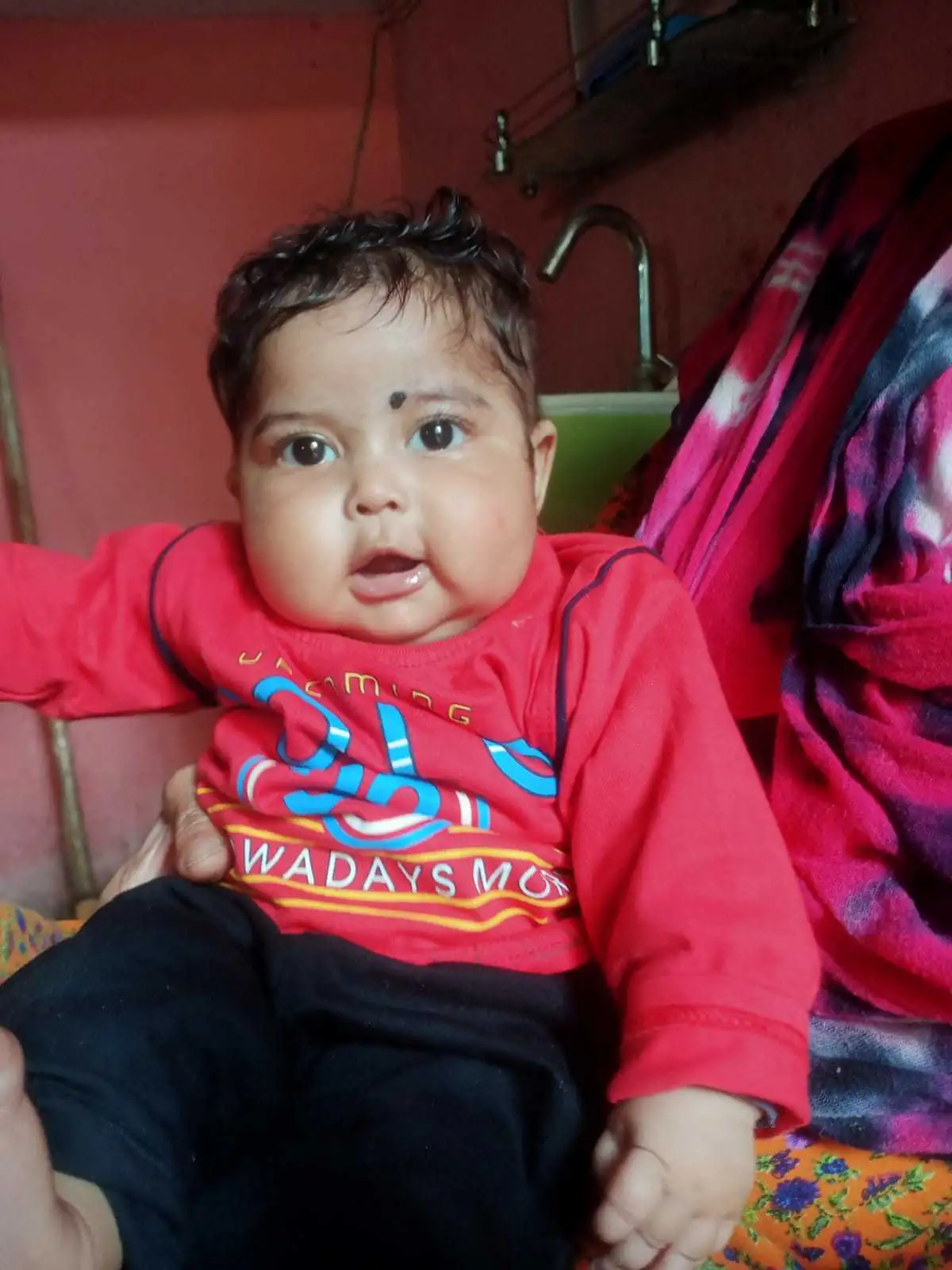


13897 Users bought





Medically Reviewed by
Dr. Sukanya Patra
Obstetrician & Gynecologist - MBBS| DGO, MRCOG(UK)
View Profile


Written by
Shaveta Kaushik
Get baby's diet chart, and growth tips

Related Articles
Related Topics
RECENTLY PUBLISHED ARTICLES
our most recent articles
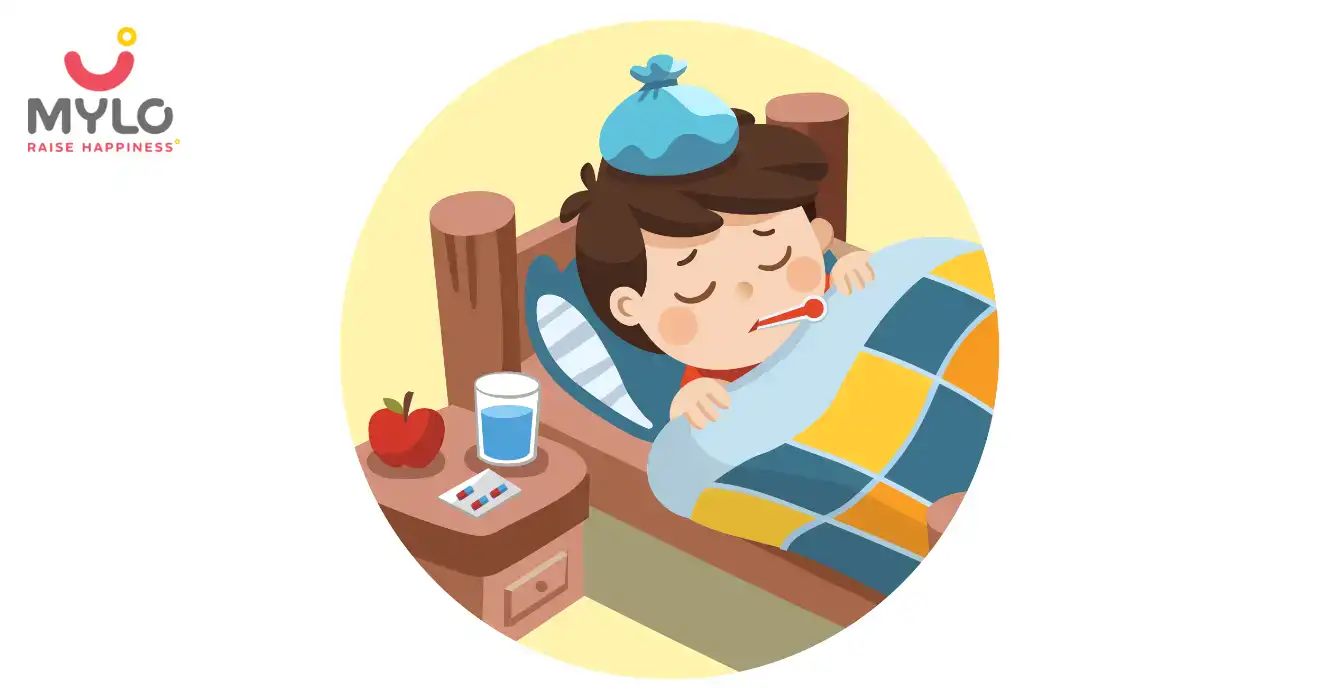
Fever
Effective Ways to Treat Jaundice in Children: Expert Tips for a Speedy Recovery

Fun & Humour
10 Best Original Movies to Watch on Netflix
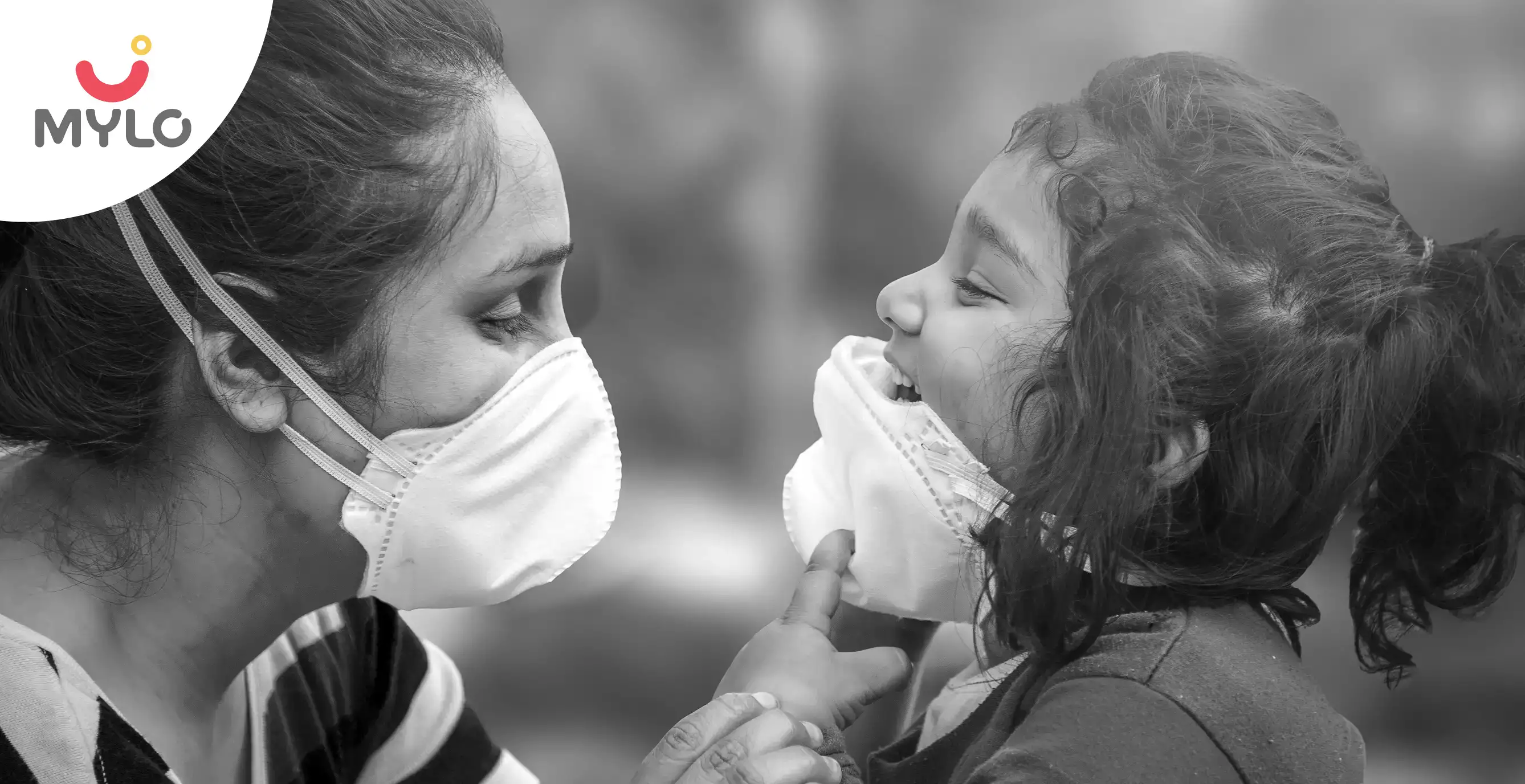
Symptoms & Illnesses
Flu, Change of Season or New Covid Variant, XBB.1.16- What’s Causing These Symptoms?
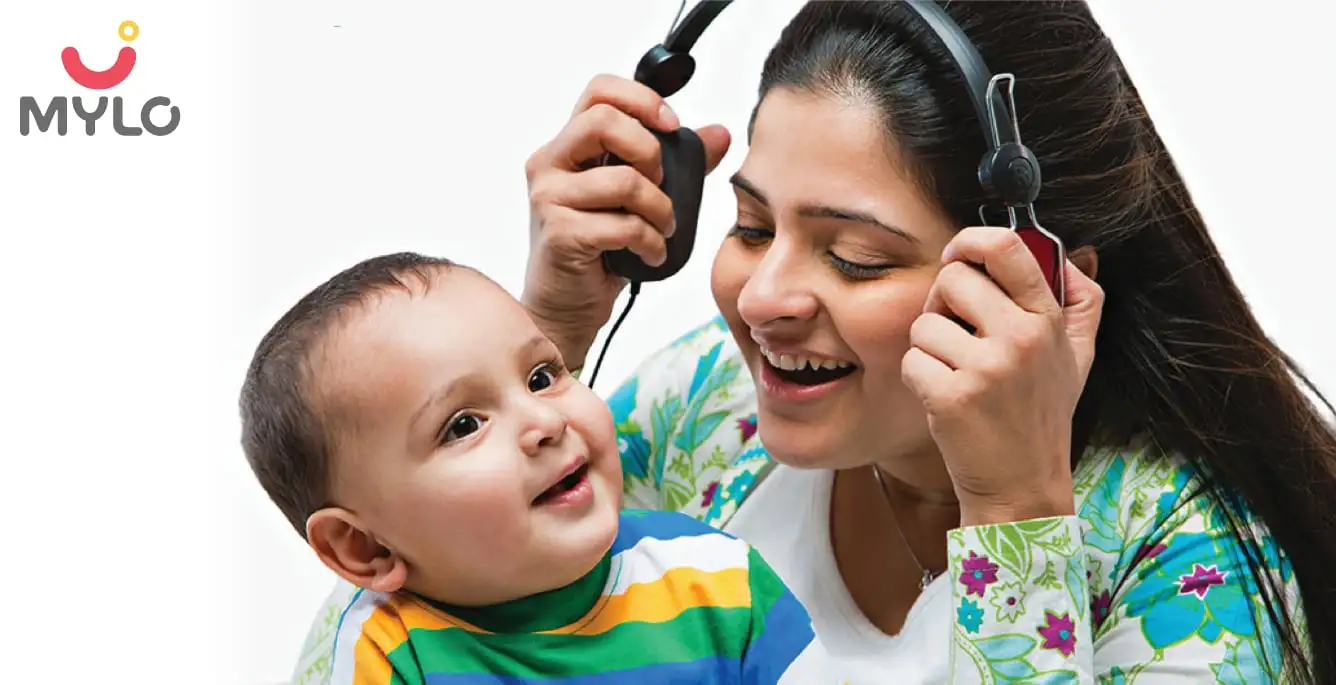
5 Ways In Which Music Can Boost Your Baby's Brain Development
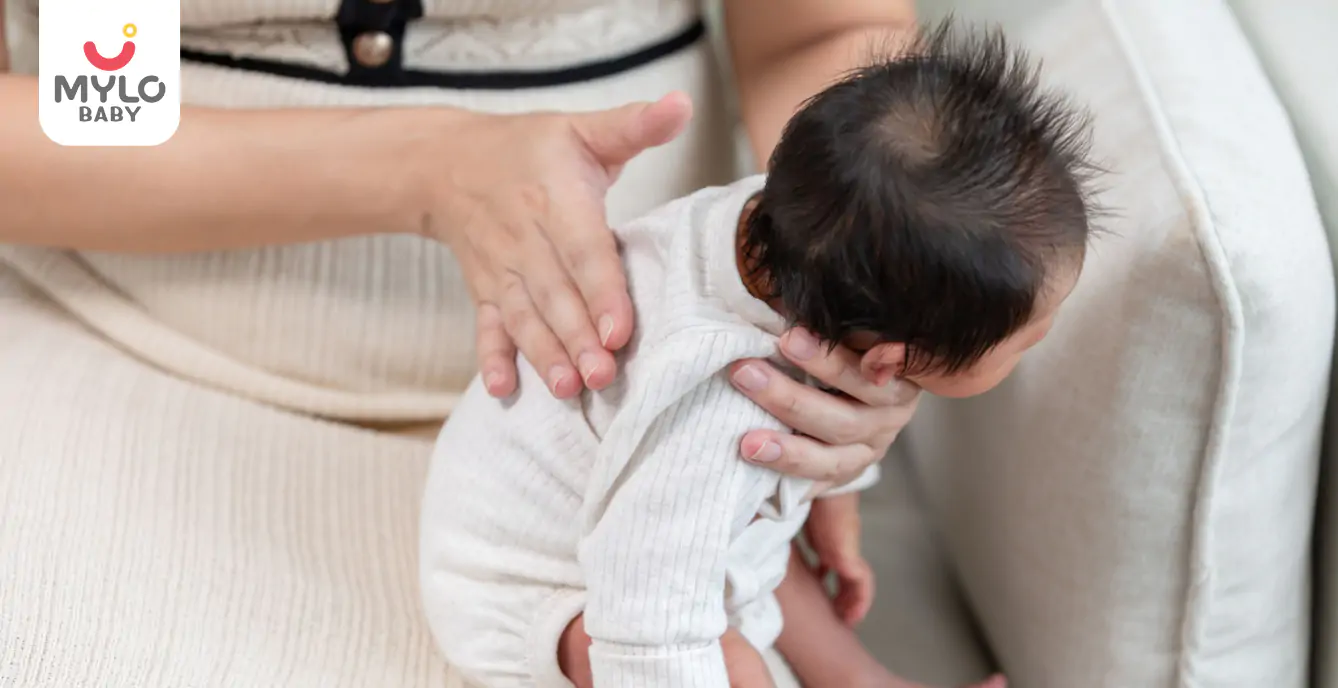
Hiccups
How to Stop Baby Hiccups: Everything You Need to Know
topics
“Staying Active and Healthy: The Benefits of Safe Exercise During Pregnancy”
- Appendicitis In Pregnancy Symptoms, Diagnosis & Surgery
- 5 Common Myths Busted About Baby Sleep
- “Ectopic Pregnancy: All You Need to Know About This Complication”
- Importance of Typhoid vaccines
- Benefits of eating nuts
- Can One Induce Labor Naturally?
- Should One Consider Keeping Their Pregnancy A Lowkey News?
- Destination decide
- After delivery pregnancy
- Mylo....
- Meri folecular study hui hai mujhe last 10, 12 din drest halka halka pain ho raha tha but kal band ho gaya kya ye period ka lakshan hai ya fir pregnancy ka
- cute baby
- Blessings
- Summer hacks that makes up your skin healthy


AWARDS AND RECOGNITION

Mylo wins Forbes D2C Disruptor award

Mylo wins The Economic Times Promising Brands 2022
AS SEEN IN
















- Mylo Care: Effective and science-backed personal care and wellness solutions for a joyful you.
- Mylo Baby: Science-backed, gentle and effective personal care & hygiene range for your little one.
- Mylo Community: Trusted and empathetic community of 10mn+ parents and experts.
Product Categories
baby carrier | baby soap | baby wipes | stretch marks cream | baby cream | baby shampoo | baby massage oil | baby hair oil | stretch marks oil | baby body wash | baby powder | baby lotion | diaper rash cream | newborn diapers | teether | baby kajal | baby diapers | cloth diapers |





